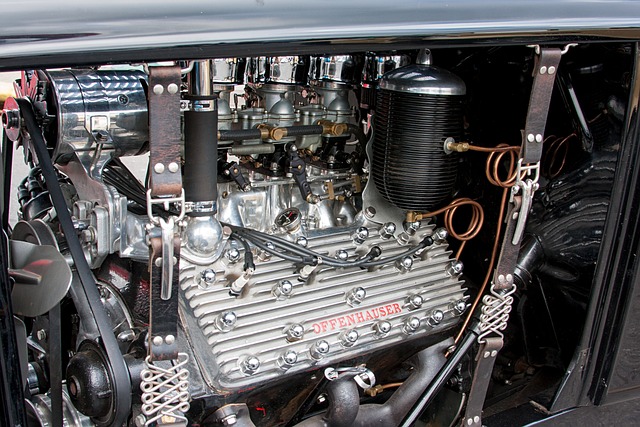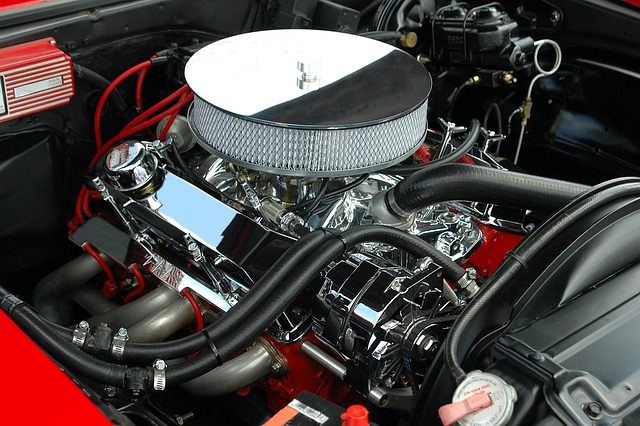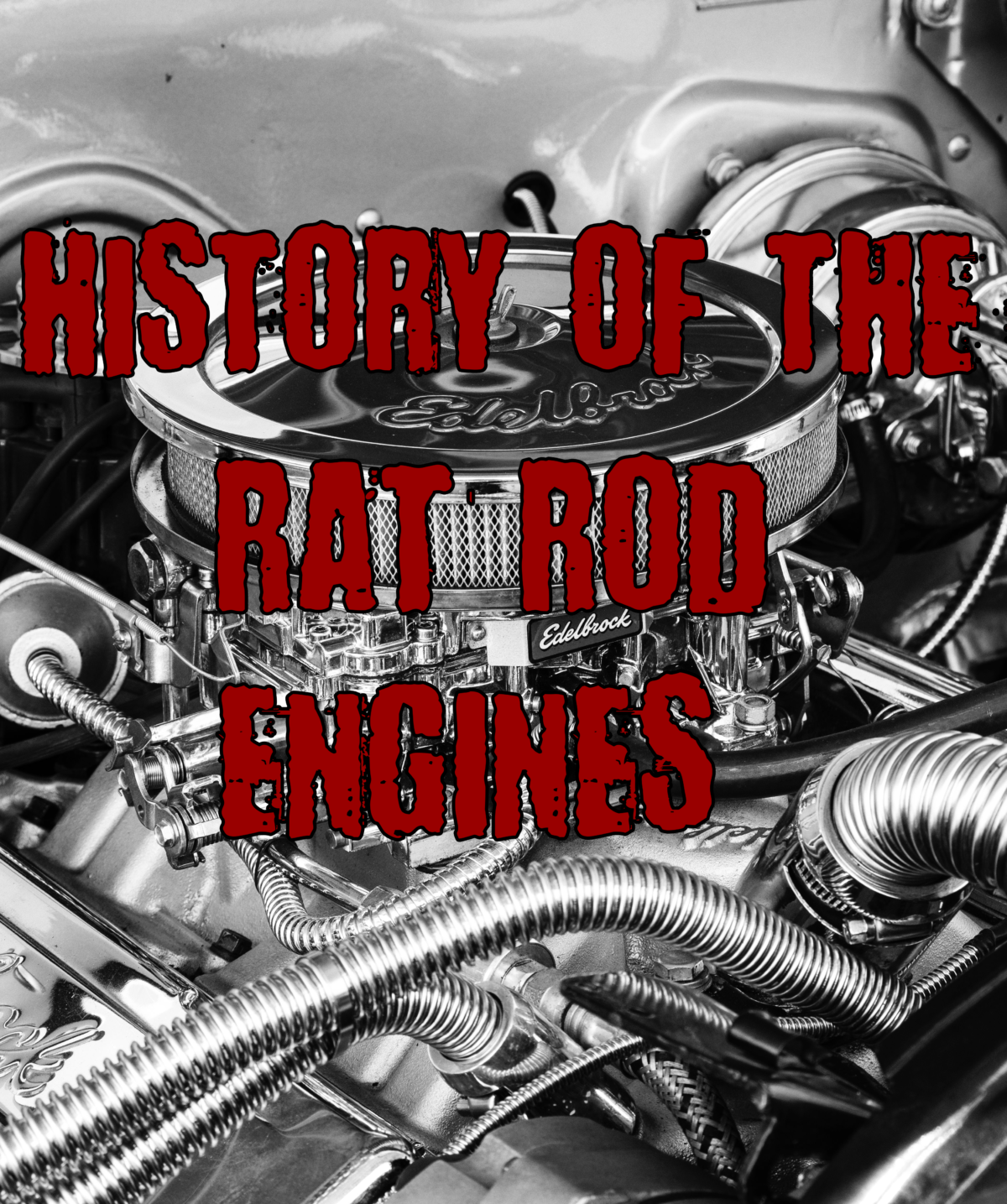This post may contain affiliate links which means I may receive a commission for purchases made through links.
If you’re a fan of rat rods, then you know that rat rod engines are the heart of the build. Rat rods have come a long way since their inception in the 1940s and so have their engines. In this blog post, we’ll take a look at the history of rat rod engines and how they’ve evolved over time.
The Early Years of Rat Rod Engines: Flatheads and Hemis

In the early days of rat rods, hot rodders would use whatever engine they could get their hands on. Often this meant using old flathead V8 engines that were popular in the 1930s and 1940s. These engines were reliable and easy to work on, which made them perfect for hot rodding.
Another popular engine during this time was the Hemi engine. These engines were known for their power and were commonly used in drag racing. However, they were also very expensive and hard to come by, so they weren’t as popular in the rat rod scene.
The 1960s and 1970s of Rat Rod Engines: Muscle Car Engines

In the 1960s and 1970s, the muscle car era was in full swing. This meant that hot rodders had access to powerful engines like the Chevy 350 and the Ford 302. These engines were lightweight and had a lot of horsepower, which made them perfect for rat rods.
During this time, hot rodders also started experimenting with different types of fuel. Some used nitrous oxide to boost their engines, while others used alcohol or propane. These alternative fuels gave hot rodders even more options when it came to building their engines.
The 1990s and Beyond of Rat Rod Engines: LS Swaps
In the 1990s, General Motors introduced the LS engine. This engine was lightweight, had a lot of power, and was relatively cheap. It quickly became a popular choice for hot rodders and is still used today.
One of the reasons why the LS engine is so popular is because it’s easy to swap into older cars. This means that hot rodders can take an old car with a worn-out engine and swap it out for a new, powerful LS engine. It’s a quick and easy way to give an old car new life.
Conclusion
Rat rod engines have come a long way since the early days of hot rodding. From flatheads to LS swaps, hot rodders have always found ways to make their engines faster and more powerful. Today, there are countless options when it comes to rat rod engines, but one thing remains the same: the engine is the heart of the build. Remember, you don’t have to spend a fortune on your rat rod build, just be sure to spend enough in certain areas to make a safe dependable ride.
